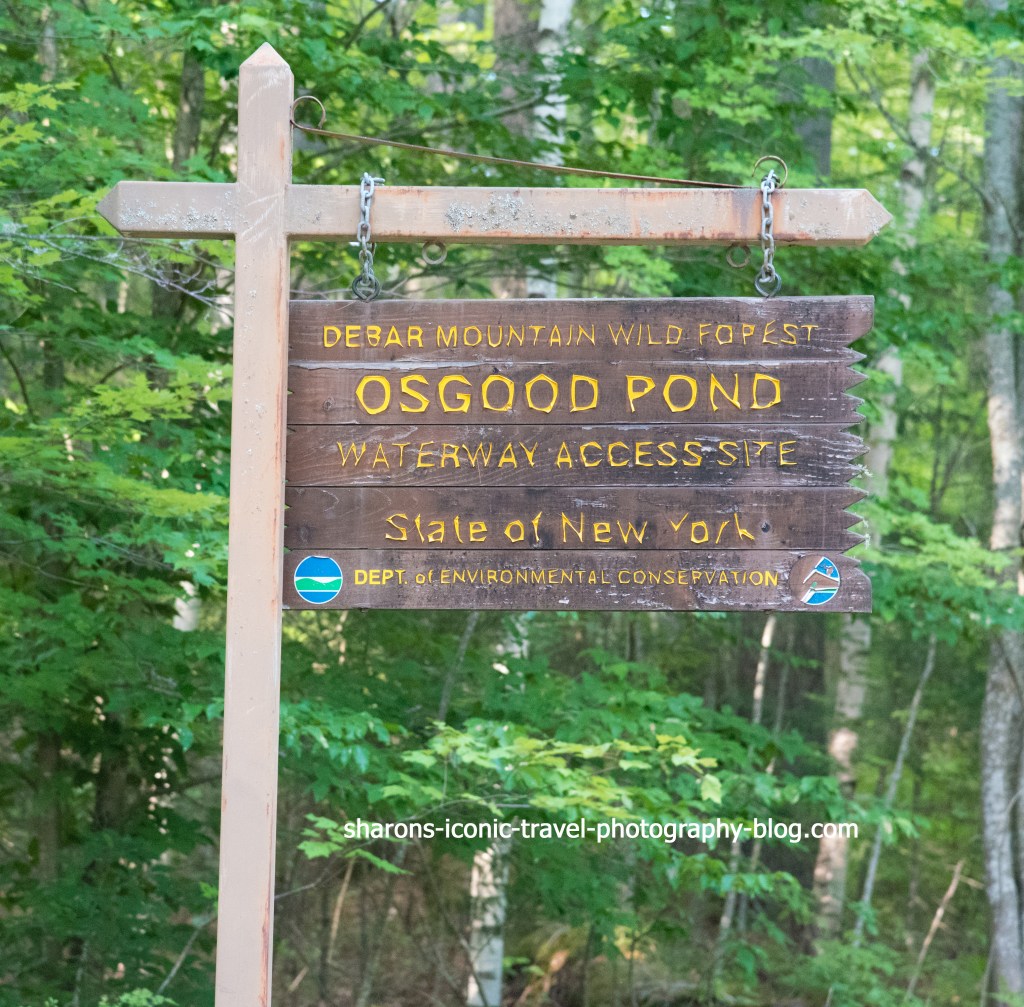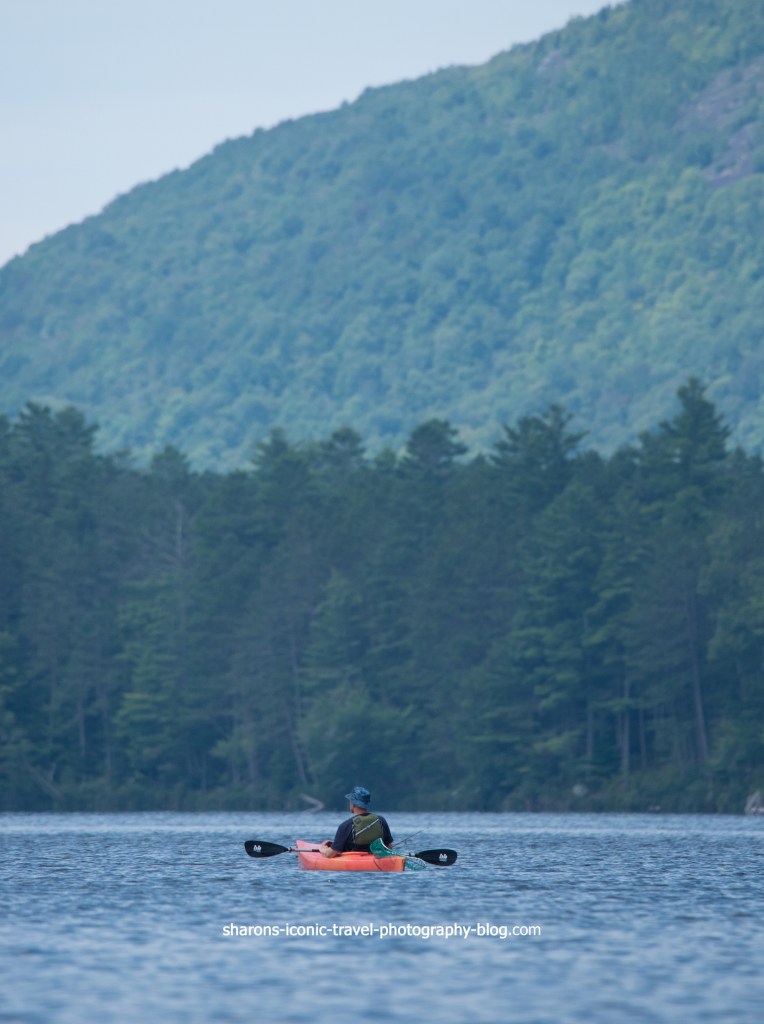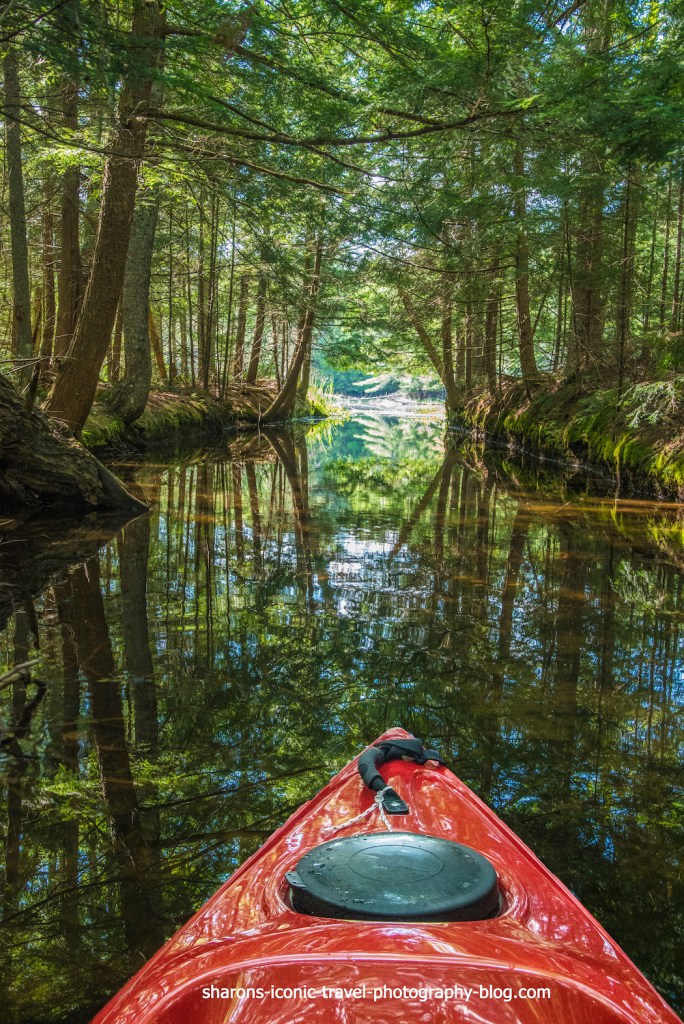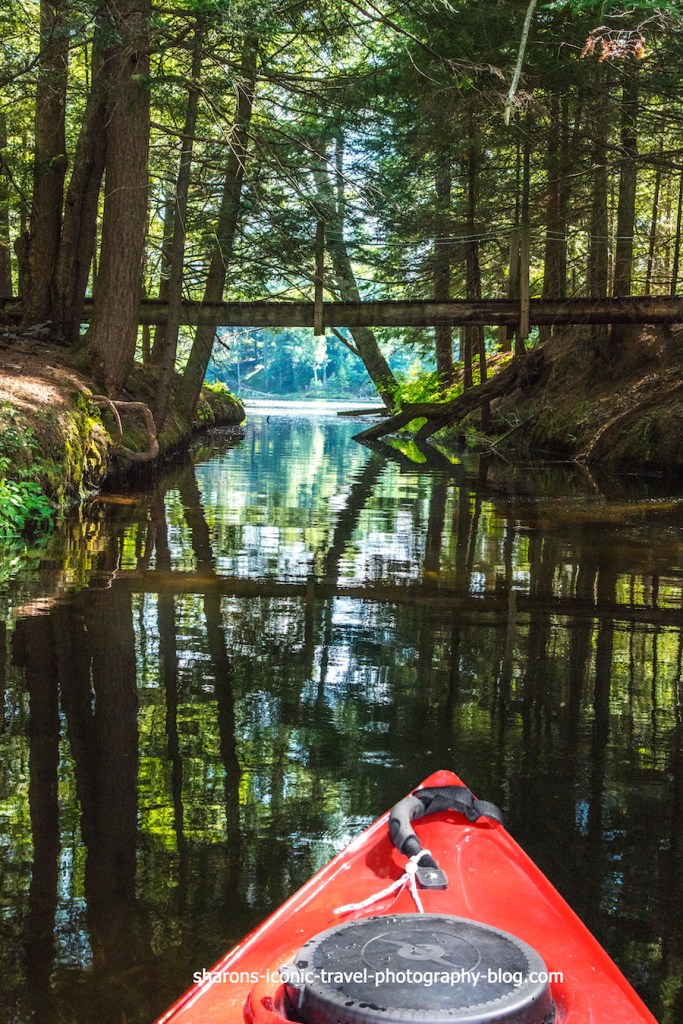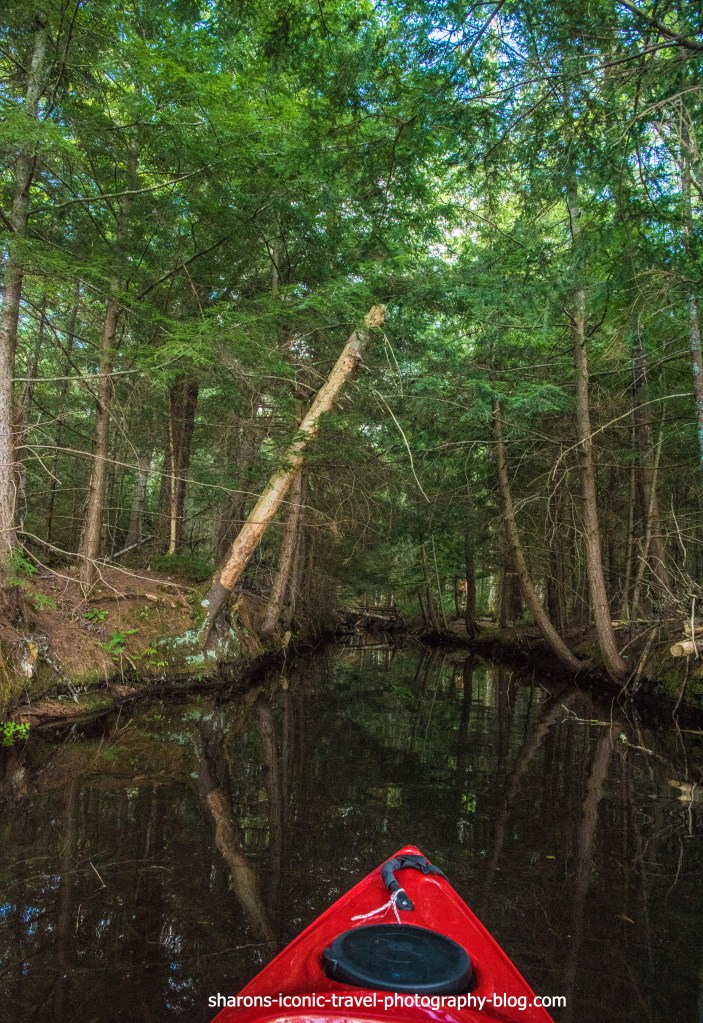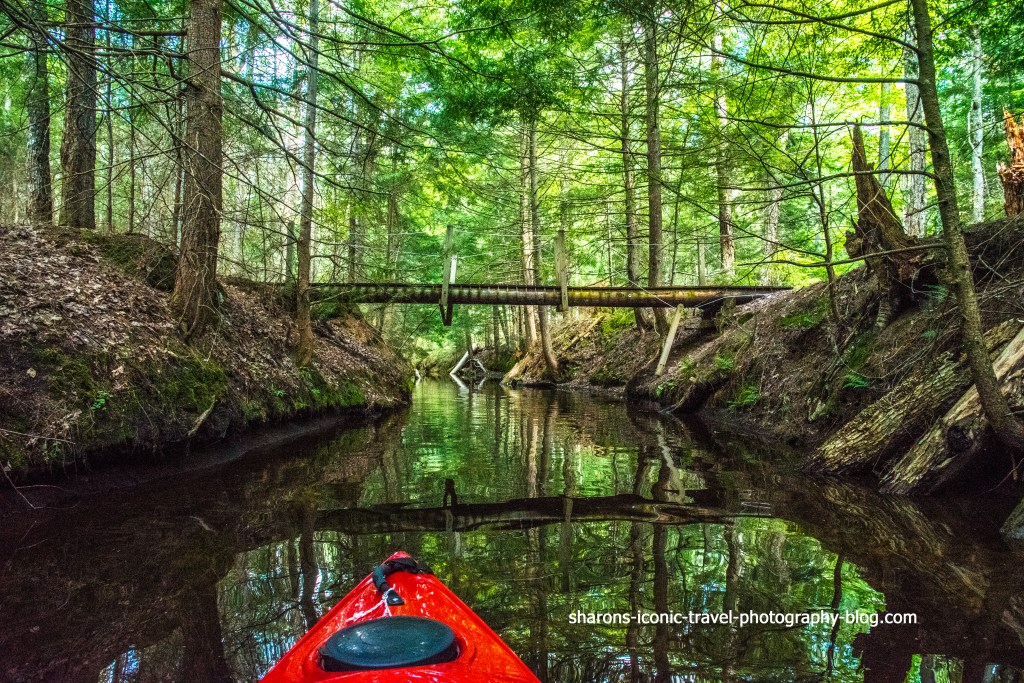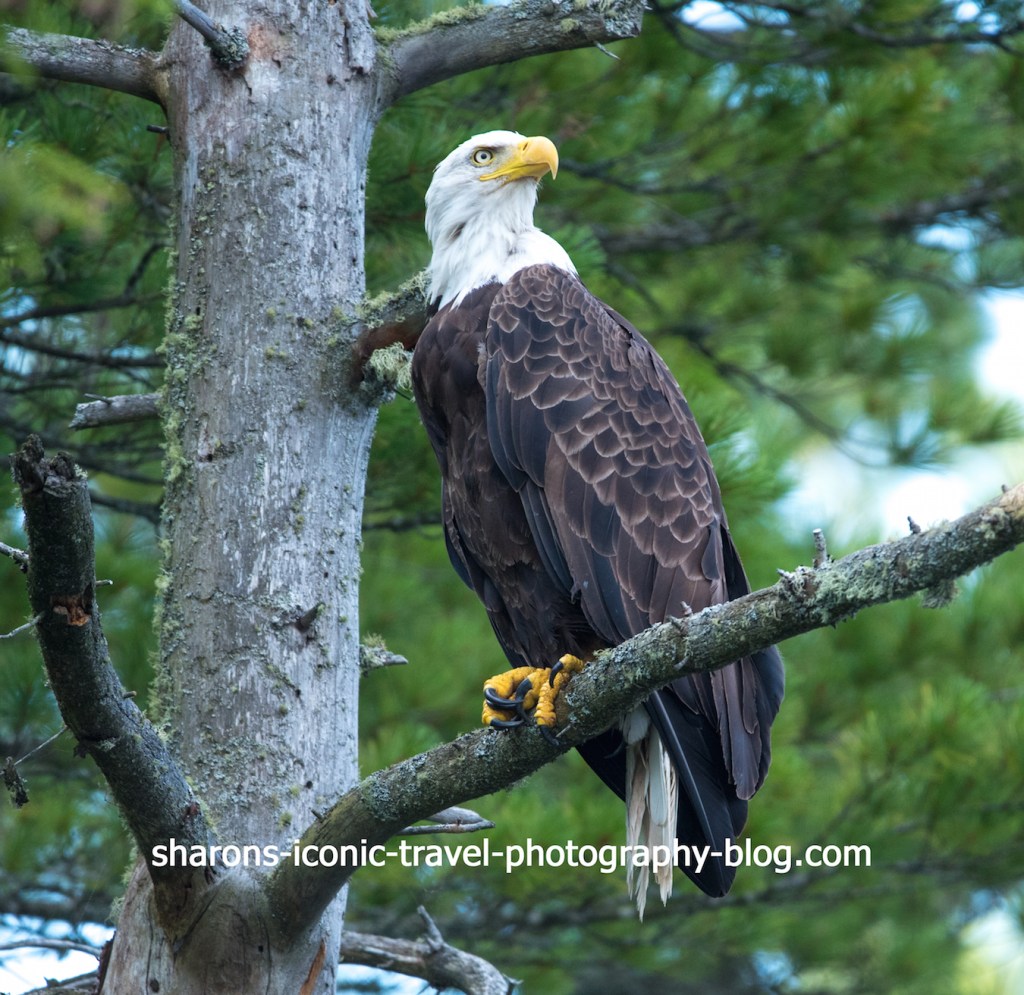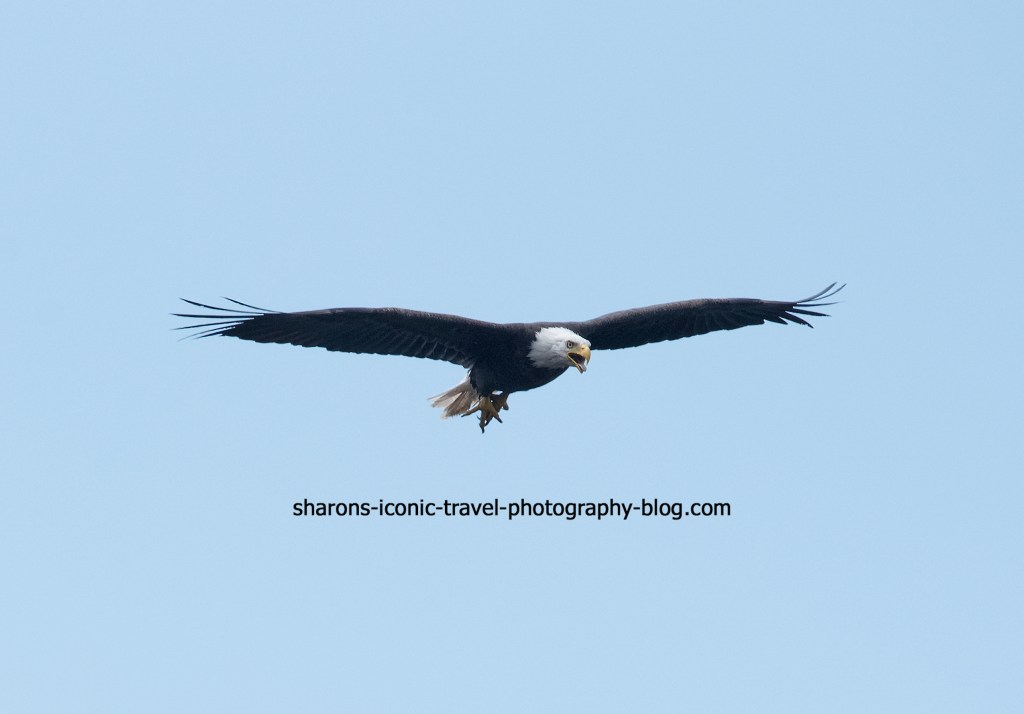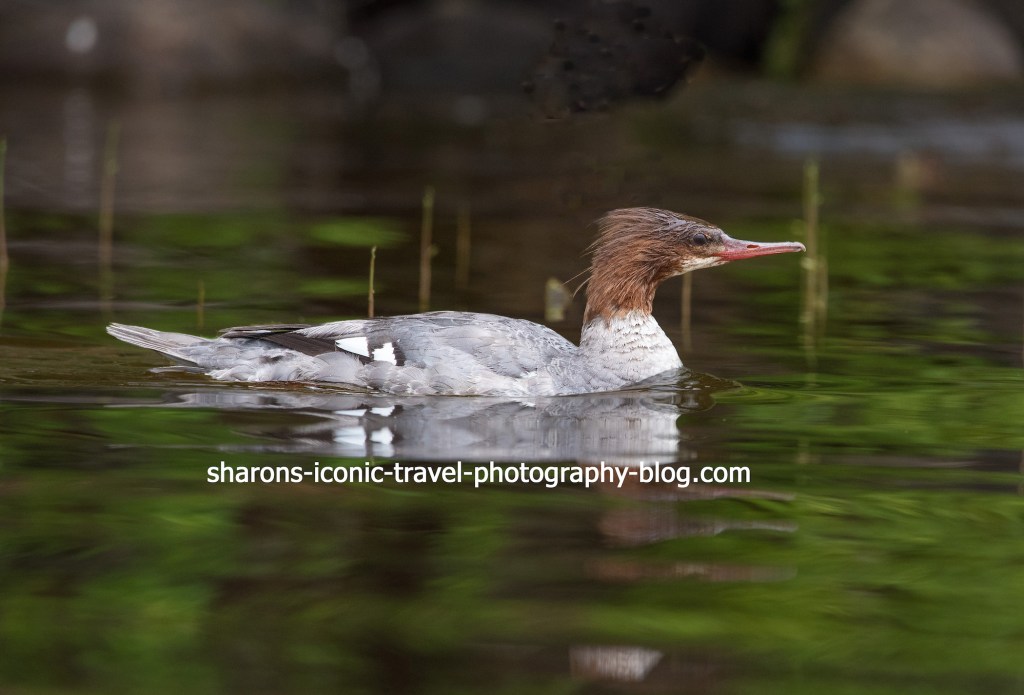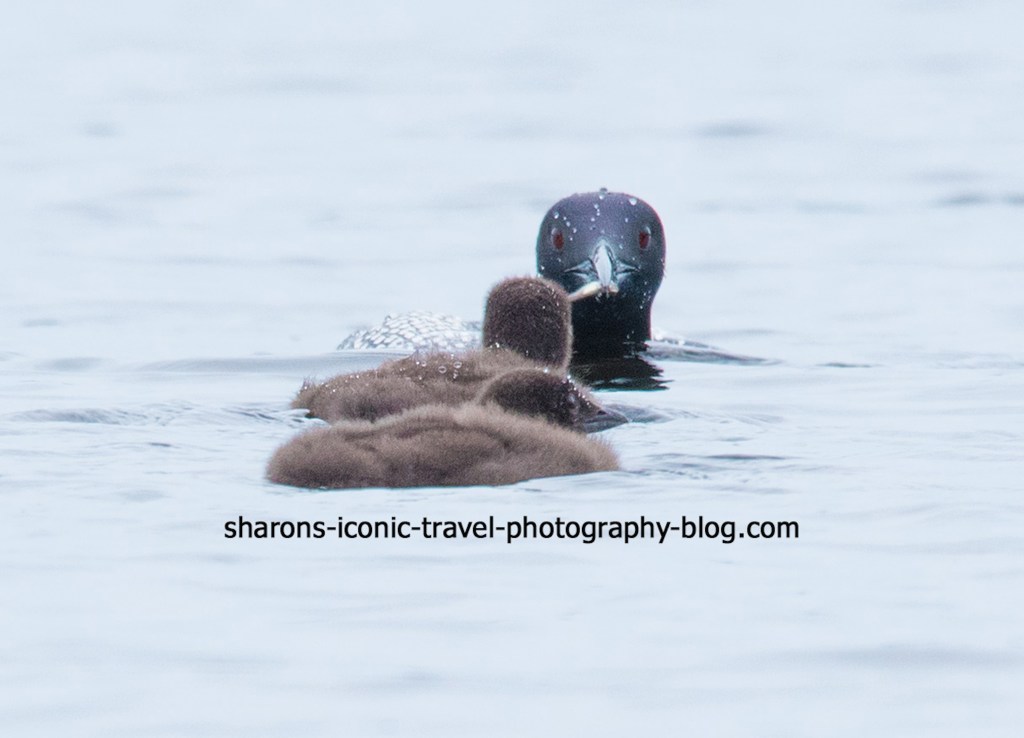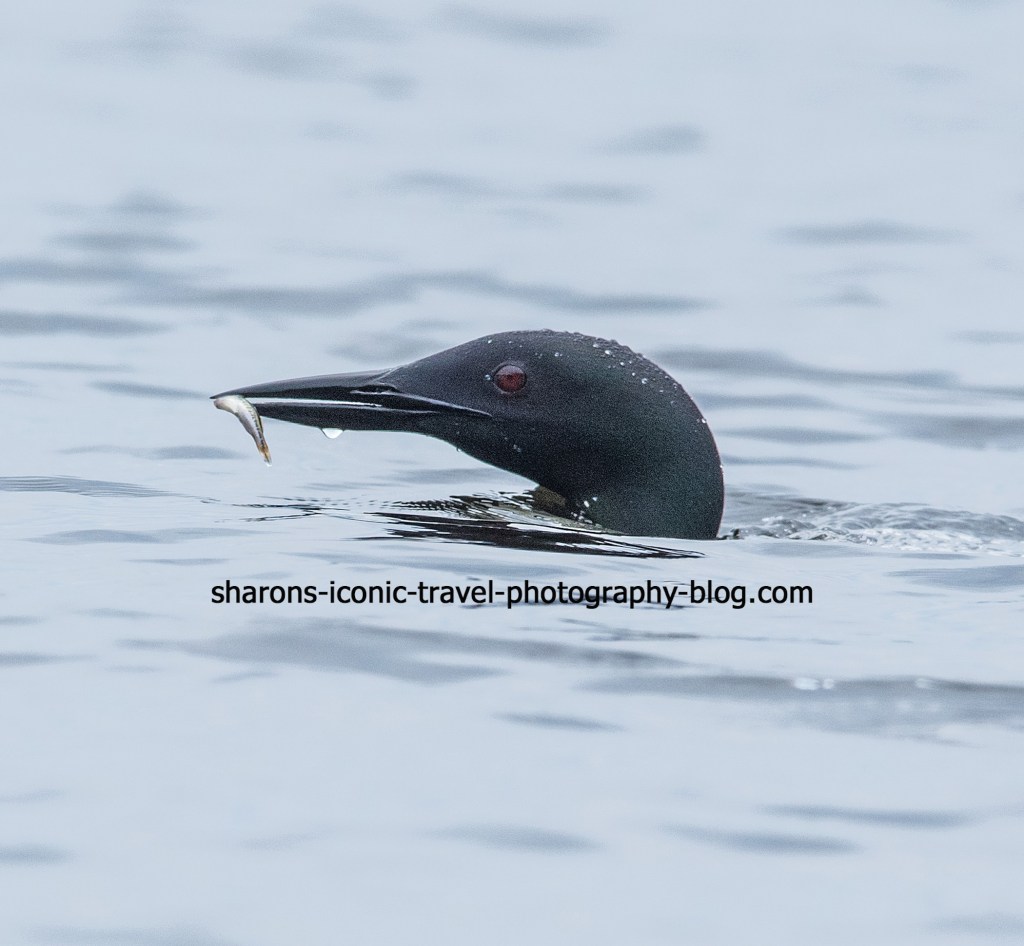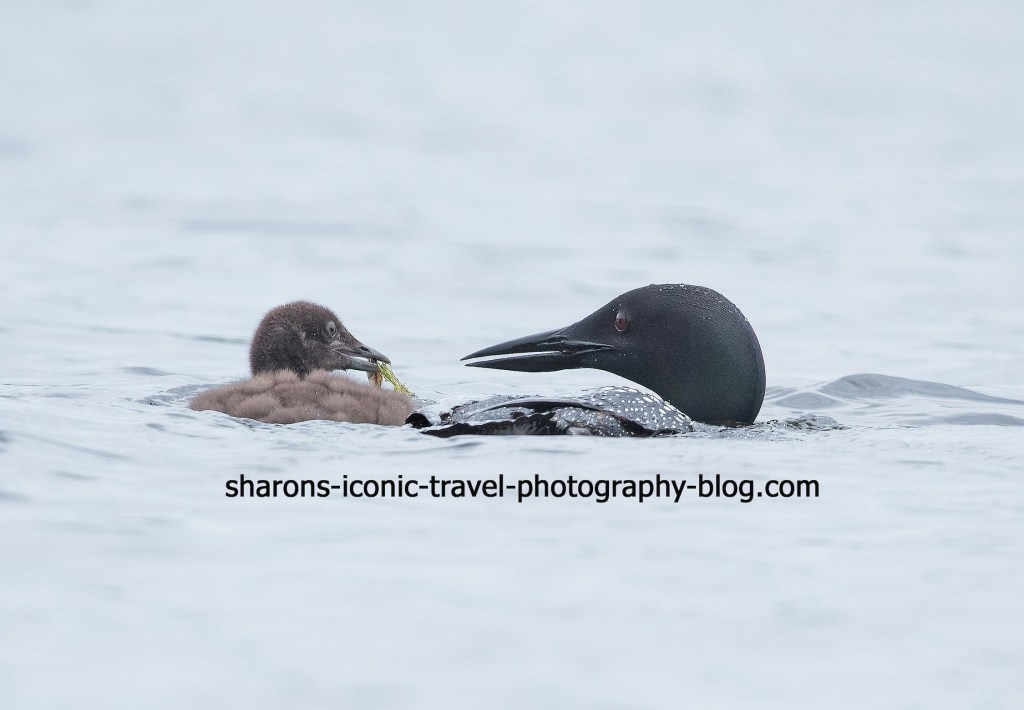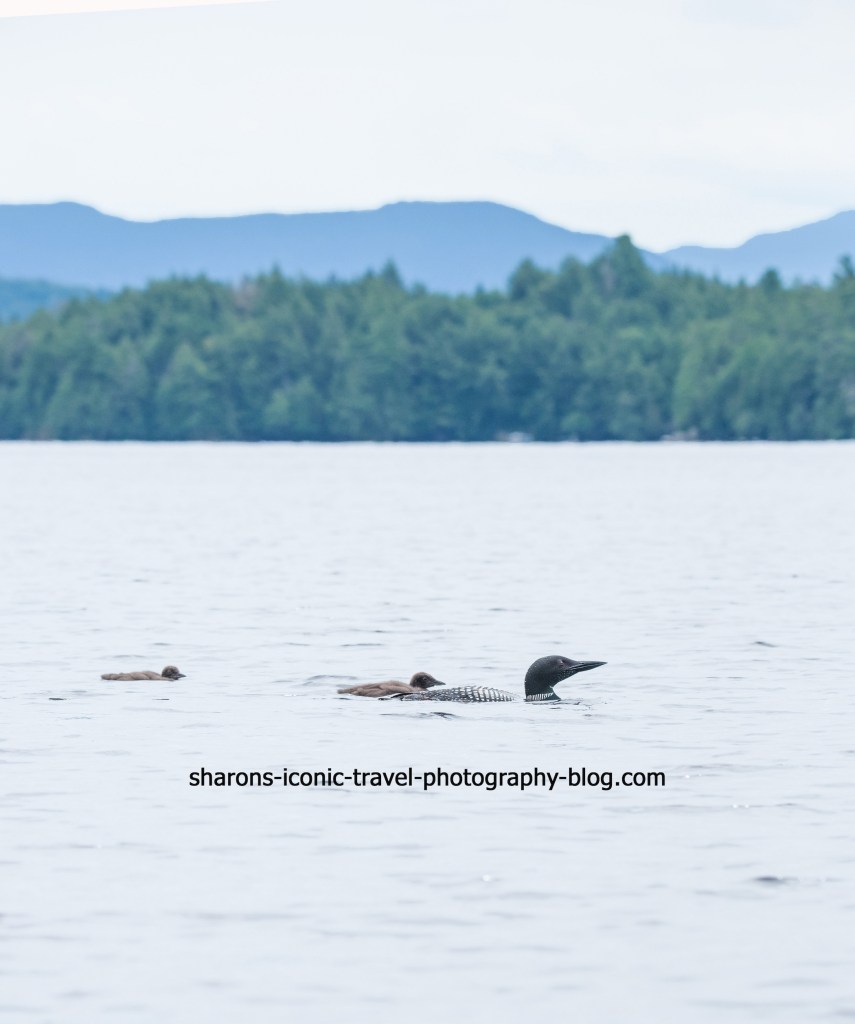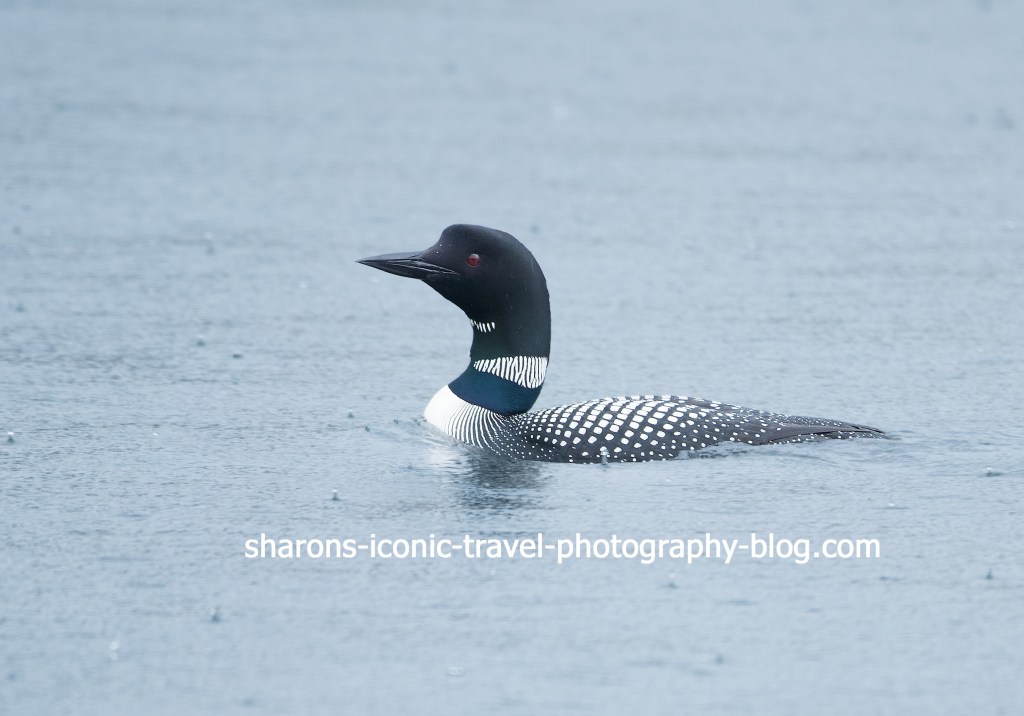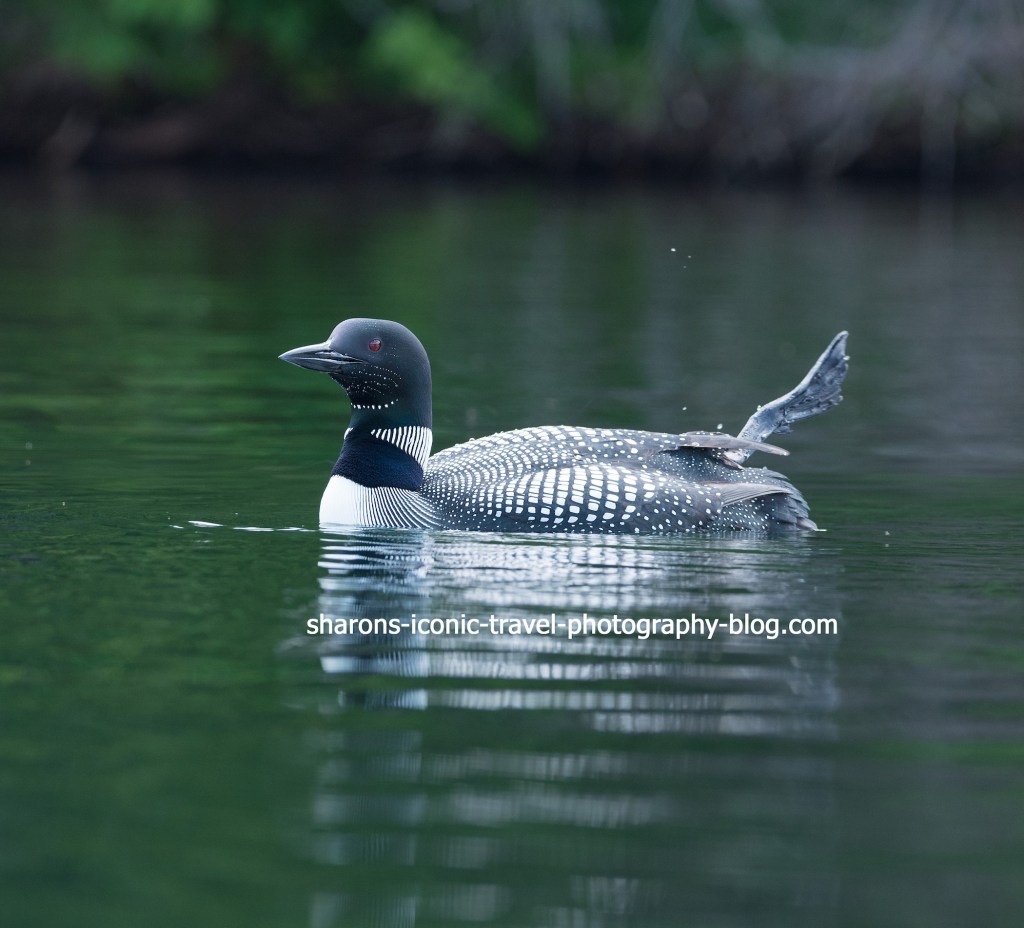Want to paddle on three different lakes or ponds in one day? Would you like to do this without getting out of your kayak or canoe? There are a few options to do this in the Adirondack Mountains of New York.
Three bodies of water you could paddle in one trip are Follensby Clear Pond, Fish Creek Pond, and Upper Saranac Lake. One way you can accomplish this is to start at Follensby Clear Pond on the south side. There is a parking lot and boat launch there. The boat launch on the northern end of Follensby is further away and would lengthen your trip. Another option is you could start at the boat launch on Fish Creek Ponds.
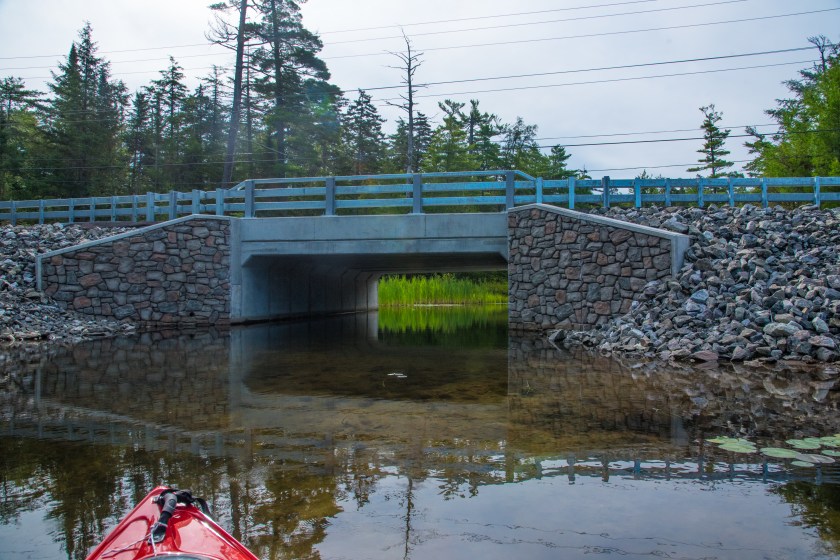
Spider Creek Passage
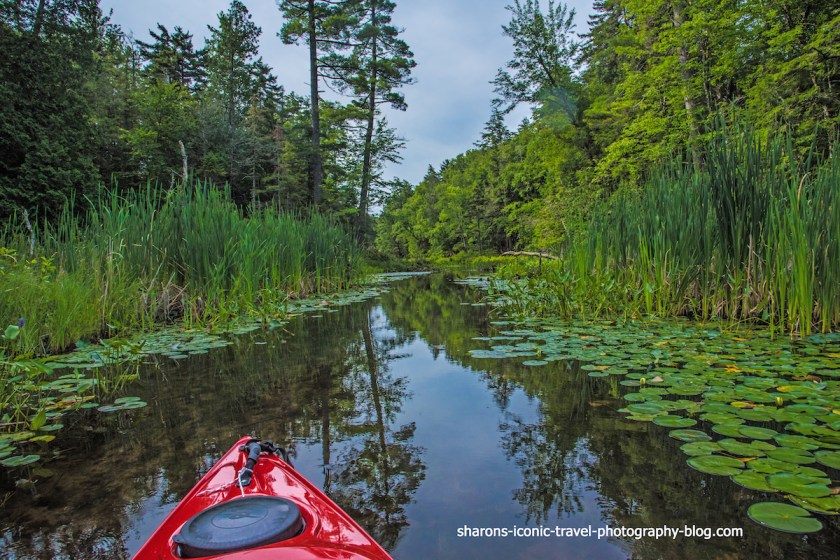
From there you can paddle north a short distance to the Spider Creek passage. It is not far from the boat launch and starts by going under the State Route 30. You follow Spider Creek Passageway into Fish Creek Ponds. Spider Creek Passageway is about 1.5 foot deep. In some areas it may be deeper than that. What you will see in the passageway are spots where beavers tried to dam the creek. I also saw ducks hiding behind the downed trees.
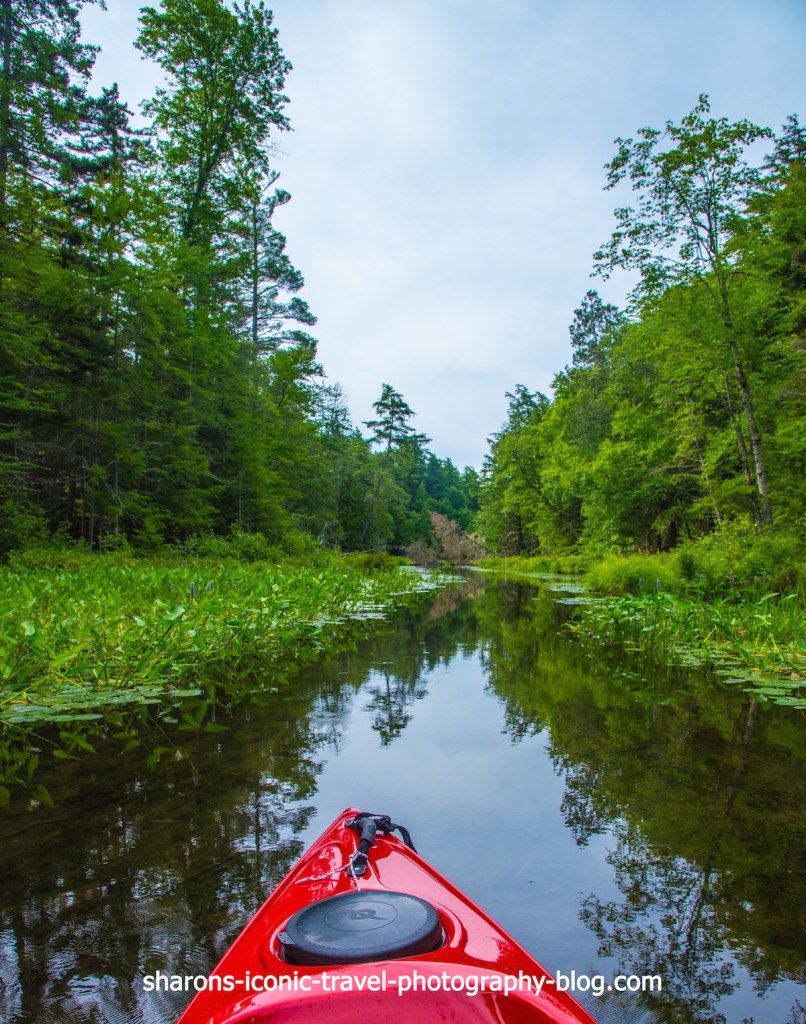
Fish Creek Ponds
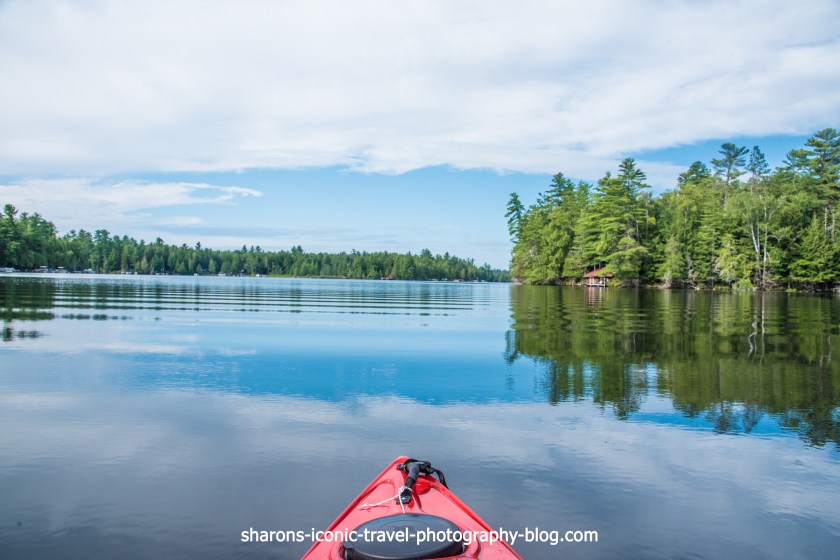
Fish Creek Ponds is a large pond with a boat launch and campgrounds along it. In the area I paddled near to get into Fish Creek Bay there appeared to be private houses along it. So if you wanted to camp you have the option of booking a stay at the Fish Creek Ponds Campground or try your luck at the free campsites along Follensby Clear Pond. Those are first come first served.
Upper Saranac Lake
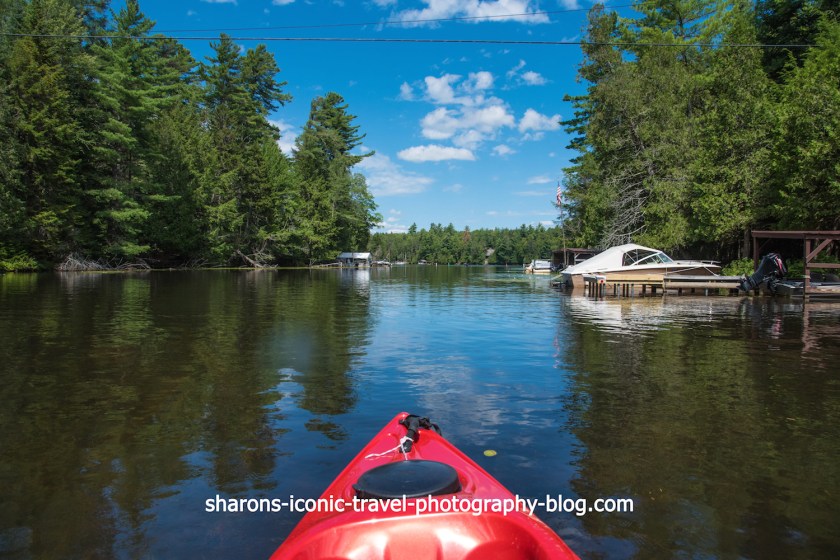

Once in Fish Creek Ponds you stay on the left side of the pond and look for a wider passageway, more like a larger creek. This takes you into Fish Creek Bay of Upper Saranac Lake. I paddled around Whitney Point.
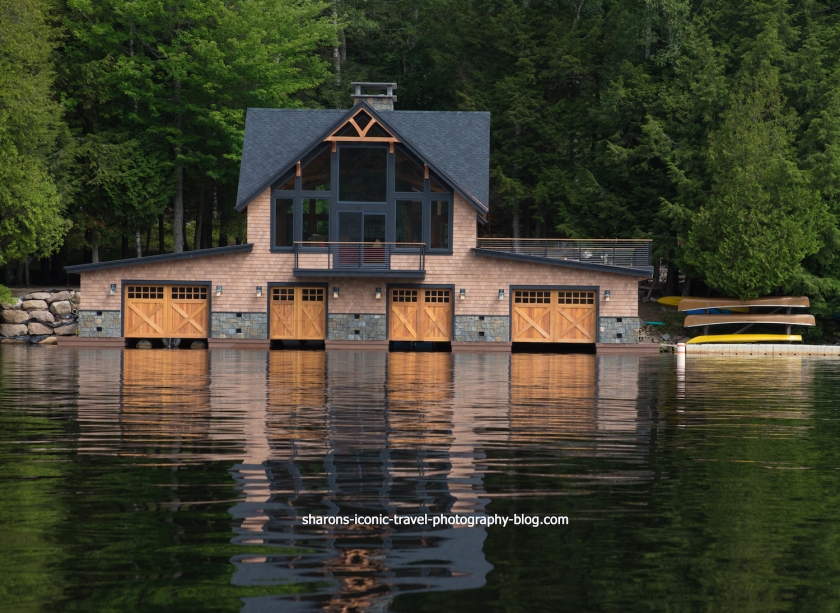
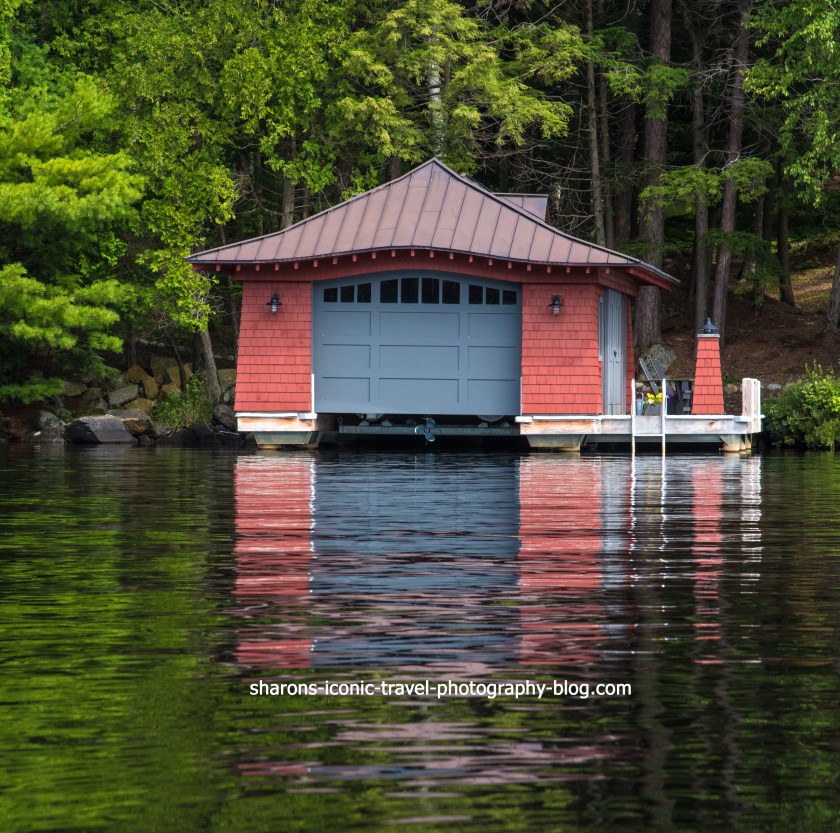
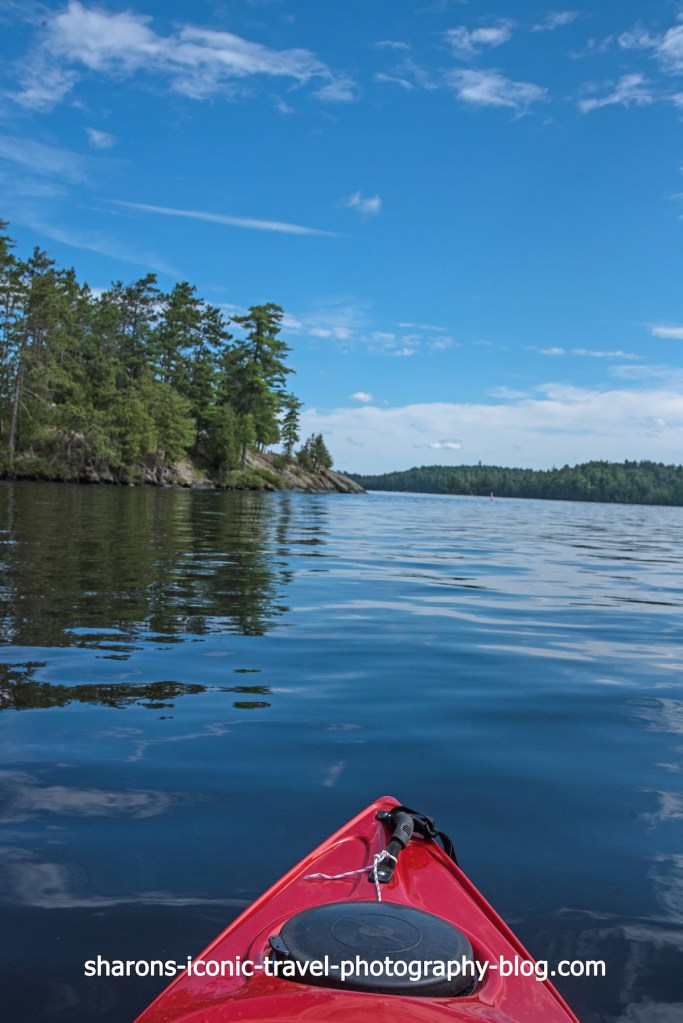

Wildlife
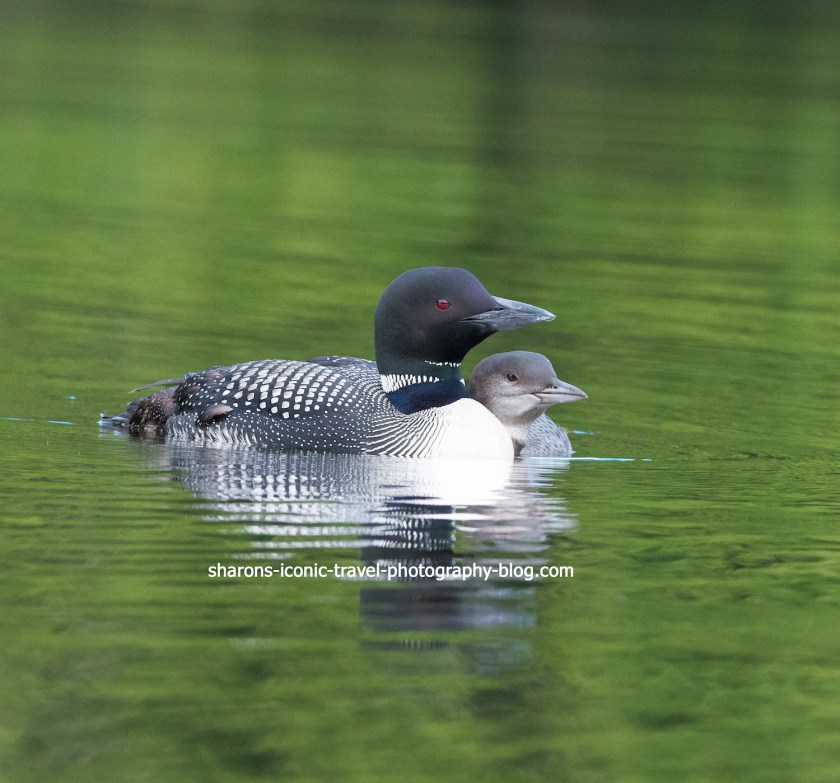
There is some wildlife to see along the way. In Fish Creek Pond I saw a merganser ducks. I also saw a loon mother with an older baby. It was much larger than the other babies I saw in other lakes and ponds. The mother was still bringing it fish. I also saw a loon pair in Fish Creek Bay of Upper Saranac Lake.
Be Cautious Be Prepared
Upper Saranac is a much larger lake so you need to be cautious when paddling. Wind can greatly make your trip more difficult. Also people in the summer go out even early in the morning to water ski and you need to be careful around boaters. They do not always pay attention to you. I also recommend bringing a map whenever you do a paddle like this one. Adirondack Paddler’s Map North covers this region. It is waterproof. I have gotten it wet plenty of times and it is still good. It is published by Paddlesports Press in Saranac Lake. You can buy it at most stores that sell kayaks or canoes in NY. I was able to get one in the Hudson Valley. Many local bookstores in the Adirondacks carry it as well.
On the return I spent more time in Follensby Clear Pond before I took my kayak out of the water. It was a brilliant day with not much wind, so paddling on each body of water was divine.

This was a great paddling trip, that I highly recommend. Going through the Spider Creek Passageway was fun and it is always a joy to see loons along the way.
